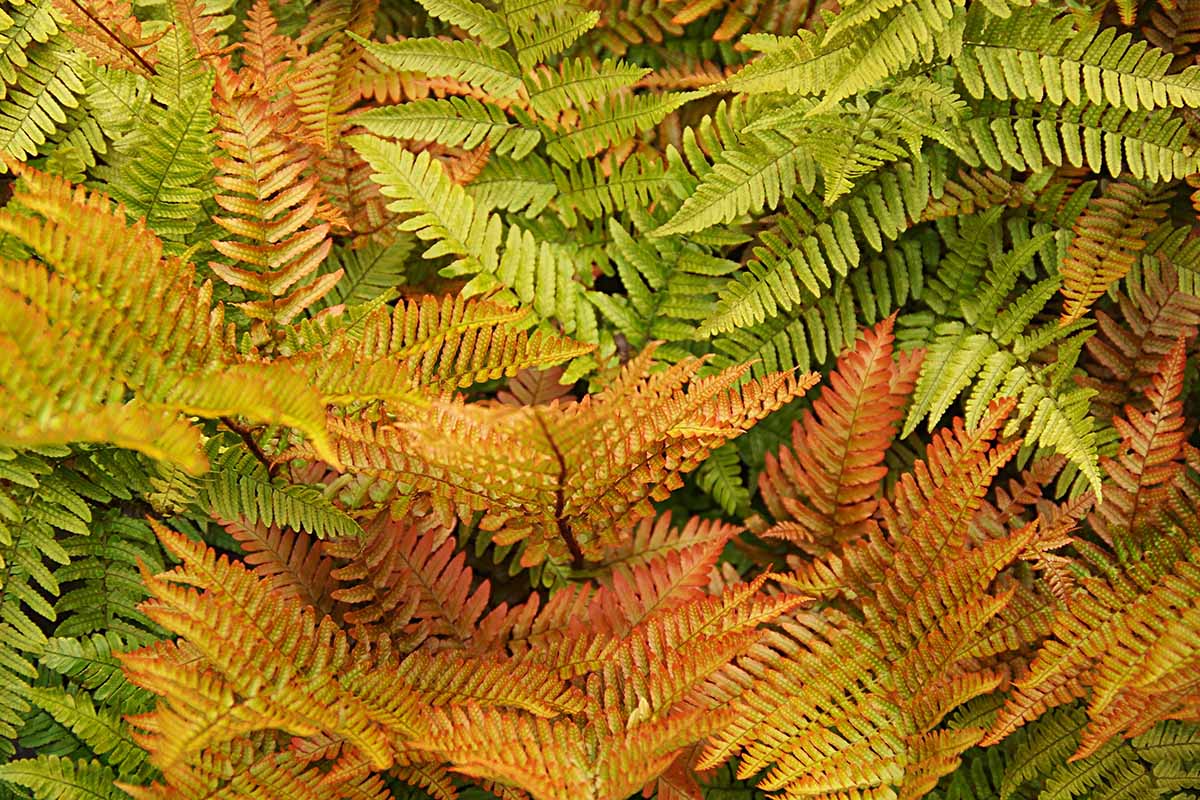
Red fern plants are a captivating addition to any garden or indoor space, boasting a unique and striking appearance. These plants, known for their vibrant red foliage, have garnered attention for their beauty and symbolic significance. In this article, we'll delve into 10 fascinating facts about red fern plants, shedding light on their characteristics, care requirements, and cultural significance. Whether you're a seasoned gardener or simply intrigued by the allure of these stunning plants, this comprehensive guide will provide valuable insights into the world of red ferns. From their historical roots to practical care tips, each fact will unveil a new layer of understanding and appreciation for these remarkable botanical wonders. Join us on a journey through the enchanting realm of red fern plants, where nature's beauty and symbolism intertwine to create a truly mesmerizing botanical experience.
Key Takeaways:
- The Red Fern plant, despite its name, doesn’t have red leaves but boasts vibrant shades of green, red, and purple, making it a popular choice for gardens and landscapes.
- This tropical plant is not only visually appealing but also edible, attracting pollinators, and holds cultural significance, making it a natural marvel with versatile qualities.
It's Not Actually Red!
Contrary to what its name suggests, the Red Fern plant (Amaranthus tricolor) doesn't have red foliage. Instead, it boasts vibrant and eye-catching leaves with shades of green, red, and purple. The striking coloration of its foliage makes it a popular choice for ornamental gardens and landscaping.
Native to Tropical Regions
The Red Fern plant is native to tropical regions, particularly in Southeast Asia and Africa. It thrives in warm and humid climates, making it a stunning addition to tropical gardens and landscapes.
Edible and Nutritious
This plant is not just visually appealing; it also offers nutritional benefits. The leaves of the Red Fern plant are edible and rich in vitamins and minerals. They are often used in traditional cuisines for their nutritional value and unique flavor.
Symbol of Prosperity
In some cultures, the Red Fern plant is considered a symbol of prosperity and good fortune. It is often incorporated into traditional ceremonies and celebrations to bring luck and abundance to the participants.
Low Maintenance
One of the appealing aspects of the Red Fern plant is its low maintenance requirements. It is relatively easy to care for, making it a suitable choice for both experienced gardeners and beginners.
Attracts Pollinators
The Red Fern plant's flowers are known to attract pollinators such as butterflies and bees. Its presence in gardens can contribute to the overall biodiversity and ecological balance of the surrounding area.
Versatile Uses
Aside from its ornamental and culinary uses, the Red Fern plant also has practical applications. Its leaves are sometimes used for medicinal purposes in traditional herbal remedies.
Cultural Significance
In certain cultures, the Red Fern plant holds cultural and spiritual significance. It is revered for its symbolic meanings and is often featured in folklore and traditional stories.
Resilient Growth
The Red Fern plant exhibits resilient growth characteristics, allowing it to thrive in various soil conditions and environmental settings. This adaptability contributes to its widespread cultivation and popularity.
Aesthetic Appeal
The Red Fern plant's unique and vibrant foliage adds a touch of exotic beauty to gardens and landscapes, creating visually captivating displays that draw admiration from enthusiasts and casual observers alike.
The Red Fern plant, also known as Amaranthus tricolor, is a stunning botanical specimen that captivates with its vibrant foliage and versatile qualities. Native to tropical regions, this plant boasts leaves adorned with striking shades of green, red, and purple, adding a captivating allure to any garden or landscape. Despite its name, the Red Fern plant's leaves are not actually red, but their vivid coloration makes them a sought-after ornamental choice. Beyond its visual appeal, the plant offers nutritional value, cultural significance, and even practical applications in traditional herbal remedies. With its low maintenance requirements and resilience, the Red Fern plant continues to enchant enthusiasts and serve as a symbol of prosperity in various cultures. Whether attracting pollinators, adding aesthetic charm, or embodying cultural symbolism, the Red Fern plant stands as a natural marvel that enriches the botanical tapestry of tropical regions and beyond.
Conclusion
In conclusion, the red fern plant is a fascinating and versatile species that offers both aesthetic and practical benefits. Its vibrant foliage, resilience, and low-maintenance nature make it a popular choice for landscaping and indoor decoration. The plant's rich cultural significance, as portrayed in Wilson Rawls' timeless novel "Where the Red Fern Grows," adds an extra layer of charm to its appeal. With its ability to thrive in various climates and its symbolic representation of love and loyalty, the red fern plant continues to capture the hearts of plant enthusiasts and storytellers alike.
FAQs
Can red fern plants be grown indoors?
Yes, red fern plants can thrive indoors, provided they receive adequate light, water, and well-draining soil. They are well-suited for indoor environments due to their adaptability and low-maintenance requirements.
Are red fern plants toxic to pets?
No, red fern plants are non-toxic to pets, making them a safe and pet-friendly choice for households with animals. However, it's always best to monitor pets around any plant to prevent accidental ingestion.
Was this page helpful?
Our commitment to delivering trustworthy and engaging content is at the heart of what we do. Each fact on our site is contributed by real users like you, bringing a wealth of diverse insights and information. To ensure the highest standards of accuracy and reliability, our dedicated editors meticulously review each submission. This process guarantees that the facts we share are not only fascinating but also credible. Trust in our commitment to quality and authenticity as you explore and learn with us.
